Drilling and well
MENU
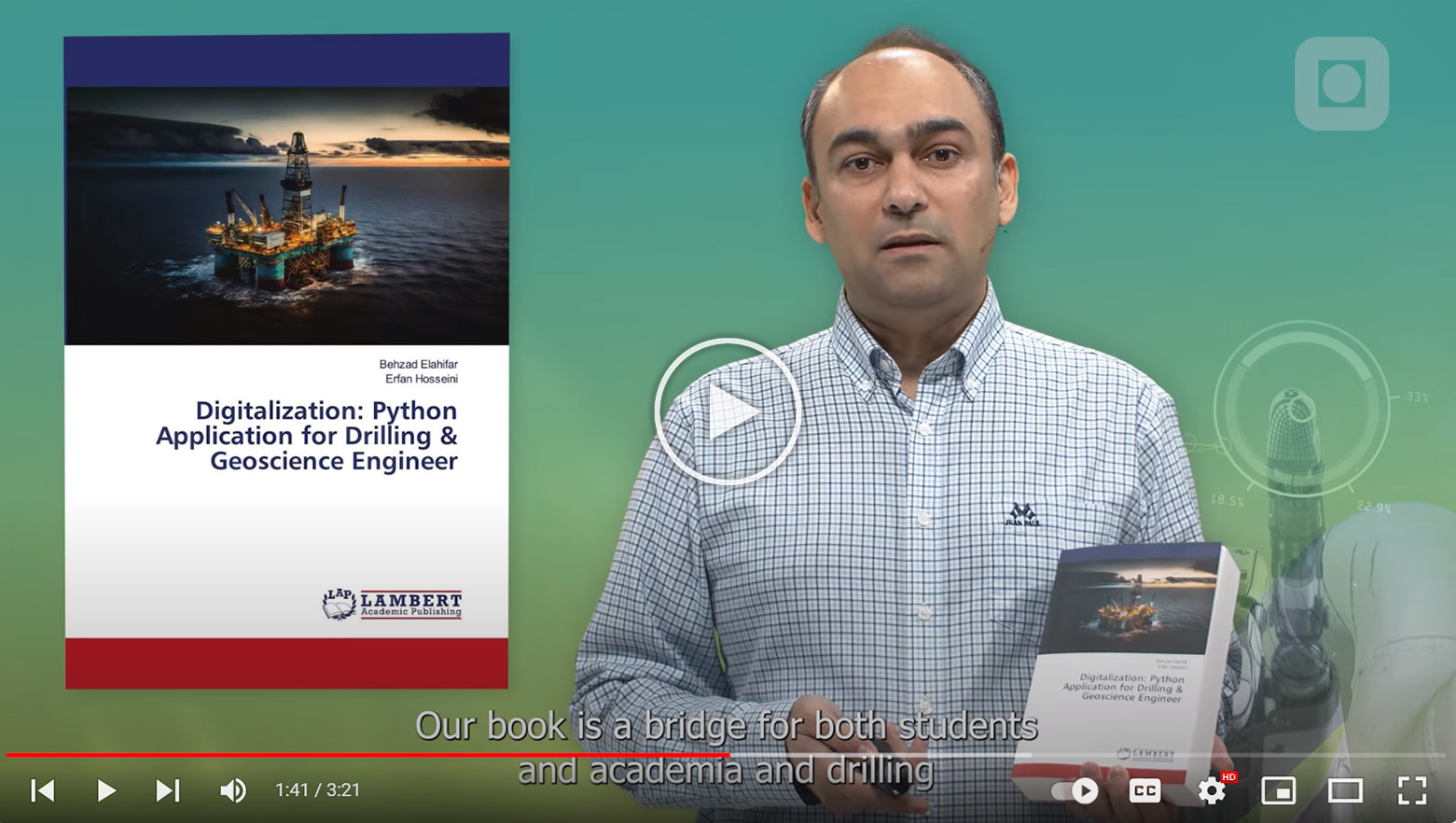
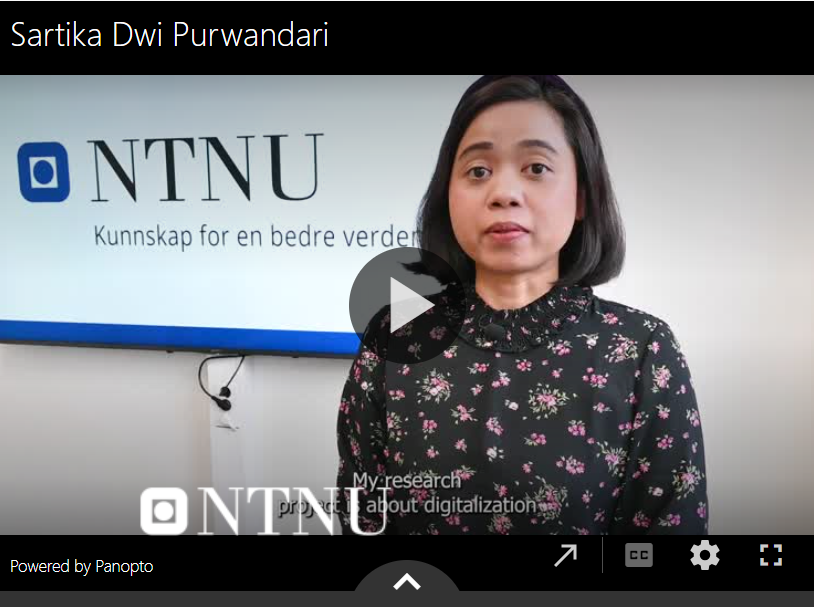
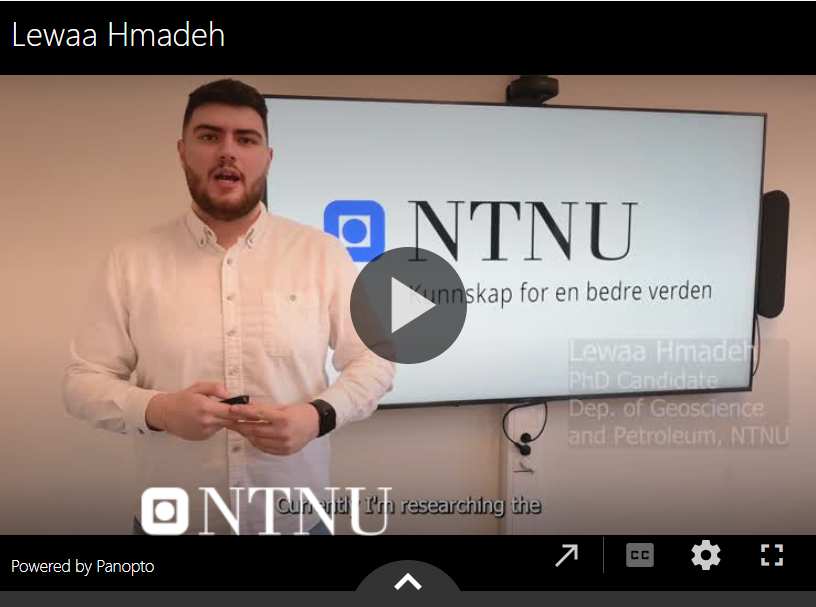
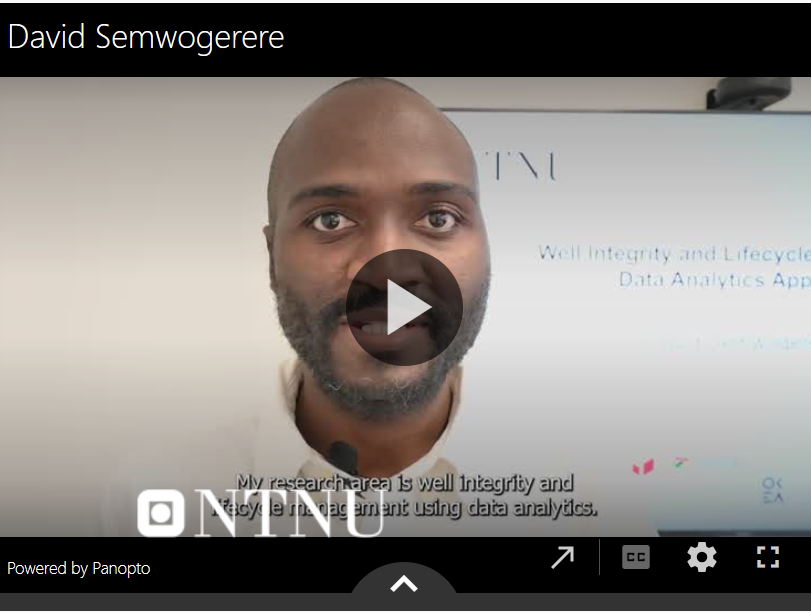
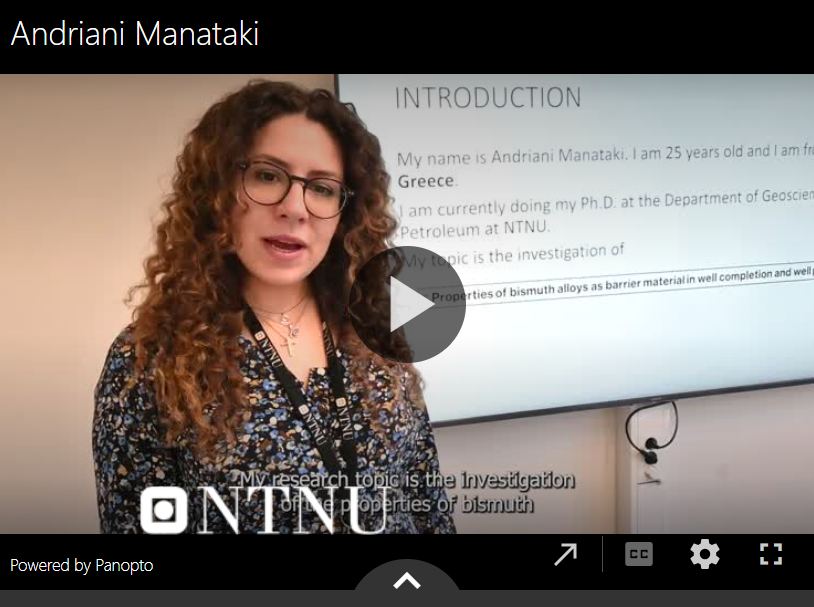
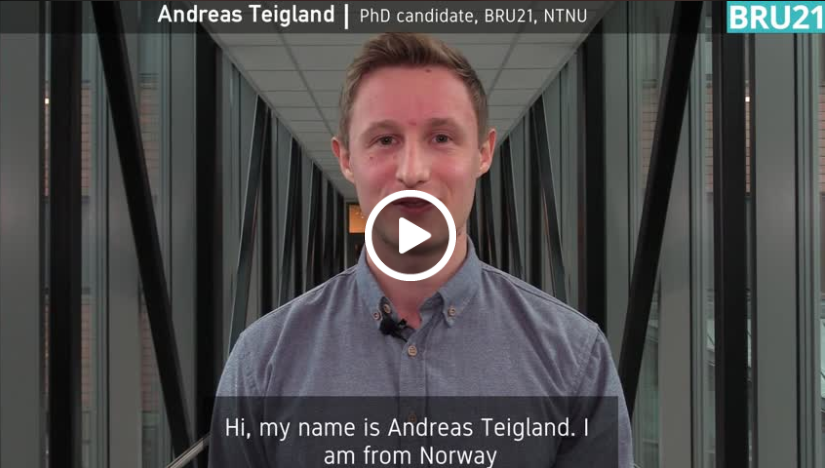
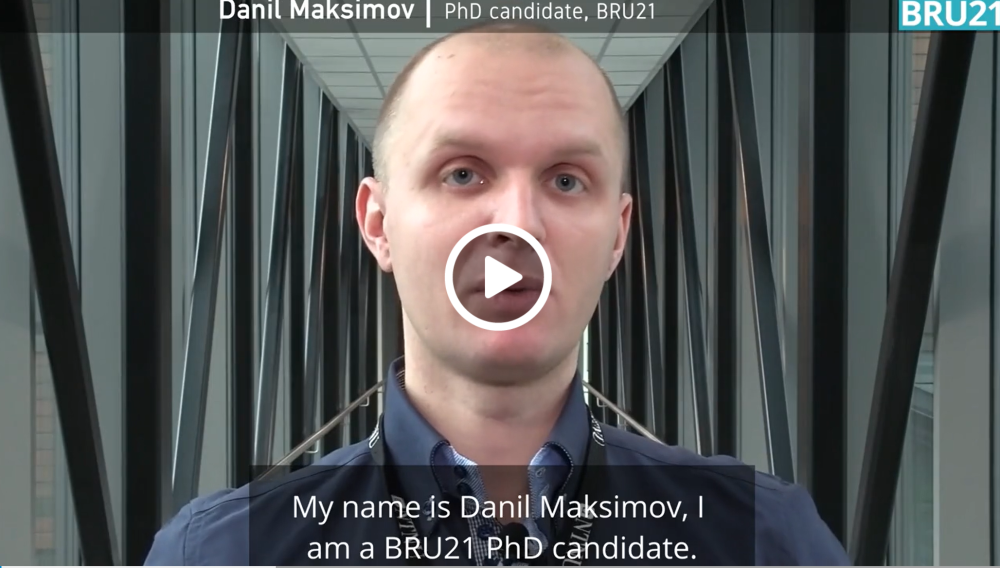
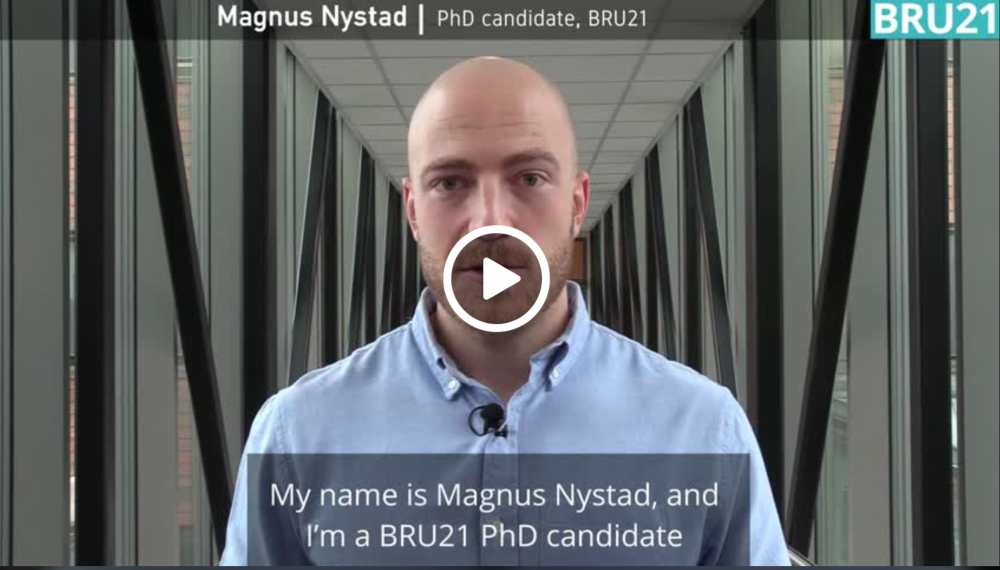
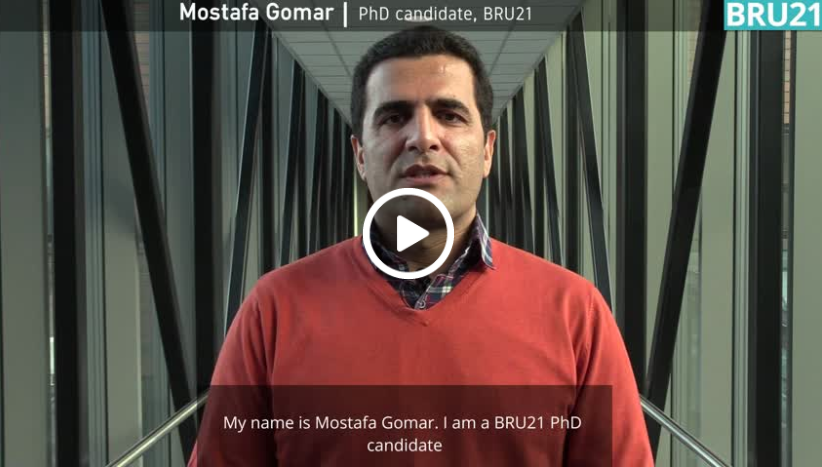
Drilling and well
Drilling and well
The drilling process is characterized by fragmented operations with many parties involved and many interfaces and high uncertainty especially with respect to the underground conditions. BRU21 aims to develop systems and methods which result in reduced well construction time and improved safety. The long term goal is to optimize the drilling process by achieving a high degree of autonomy. To achieve this, we focus on digitalization of the drilling program, data-driven decision support, optimal use of measurements for decision support and optimization and automation technologies in general...read more
Program area team
- Sigbjørn Sangesland, Prof. Petroleum Engineering
- Alexey Pavlov, Prof. Petroleum Cybernetics
- Sigve Hovda, Assoc. Prof. Drilling Engineering
- Tor Berge Gjersvik, Prof. Subsea Engineering
- Behzad Elahifar, Assoc. Prof. Drilling Engineering
- Bernt Aadnøy, Adj. Prof. Drilling Engineering
- Andreas Teigland, PhD candidate
- Danil Maksimov, PhD candidate
- Ivan Pirir, PhD candidate
- Magnus Nystad, PhD candidate
- Mostafa Gomar, PhD candidate
- David Semwogerere, PhD candidate
Projects
Projects
Projects

Digitalization: Python Application for Drilling and Geoscience Engineers
Associate Professor Behzad Elahifar

Digitalization of hole cleaning process (study of cuttings transport)
hD Candidate Sartika Dwi Purwandari, Main Supervisor Sigve Hovda, Sponsor: NTNU

Applications of bismuth alloys in well completion and well plugging
PhD Candidate Lewaa Hmadeh, Main Supervisor Behzad Elahifar, Sponsor: NTNU

Well integrity and lifecycle management data analytics approach
PhD Candidate David Semwogerere, Main Supervisor Sigbjørn Sangesland, Sponsor: Petrobras

Investigating the properties of bismuth alloys in well completion and well plugging
PhD Candidate Andriani Manataki, Main Supervisor Sigbjørn Sangesland

Digitalization/automation of life cycle well integrity
PhD Candidate Andreas Teigland, Main Supervisor Sigbjørn Sangesland, Sponsor: NTNU

Safe drilling in karstified carbonates
PhD Candidate Danil Maksimov, Main Supervisor Alexey Pavlov, Sponsor: Lundin Energy Norway AS

Drilling data analytics
PhD Candidate Magnus Nystad, Main Supervisor Alexey Pavlov, Sponsor: NTNU

Real-time fault and symptoms detection in drilling operations with wired pipe
PhD Candidate Mostafa Gomar, Main Supervisor Behzad Elahifar, Sponsor: NTNU
Automatic real-time surveillance of drillstring vibrations
PhD Candidate Ivan Pirir, Main Supervisor Sigve Hovda, Sponsor: NTNU
Intelligent data analytics for offshore well integrity and life cycle management
PhD Candidate to be hired, Main Supervisor Sigbjørn sangesland, Sponsor: Petrobras